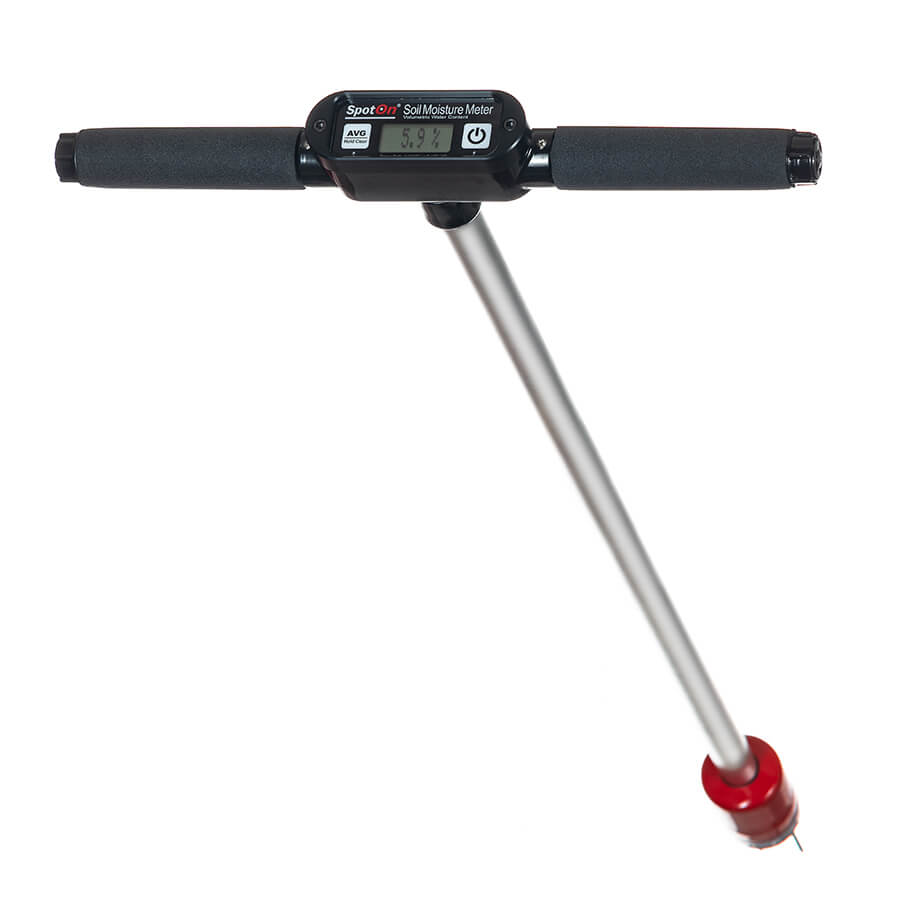Moisture Meter Reviews: Contrasting the most effective Versions for Specialist and Do It Yourself Use
Moisture Meter Reviews: Contrasting the most effective Versions for Specialist and Do It Yourself Use
Blog Article
Delve Into the World of Moisture Meters: Every Little Thing You Required to Know
In the realm of wetness meters lies a world of precision and functionality that usually goes unnoticed. Comprehending just how moisture meters operate, the various types readily available, and their diverse uses can drop light on their importance in ensuring high quality and performance.
Just How Moisture Meters Work
Moisture meters run by measuring the electrical conductivity or capacitance of products to establish the moisture content existing. These meters are very useful tools across different sectors, consisting of woodworking, building and construction, and farming. By using various techniques such as pin-type or pinless innovation, wetness meters supply precise analyses that aid specialists make notified choices.
Pin-type moisture meters function by putting the sharp pins into the material being examined. On the other hand, pinless dampness meters use electromagnetic signals to check a bigger location without causing any damage to the product's surface area.
Despite the method used, dampness meters play an essential duty in preventing concerns such as mold development, architectural damage, or item defects triggered by excess dampness. Understanding how these meters work is essential for guaranteeing the top quality and stability of materials in various applications.
Sorts Of Moisture Meters
Offered the important role wetness meters play in various markets, it is important to recognize the different types available to specialists for properly examining wetness degrees - Moisture Meter. There are mainly two major kinds of wetness meters: pin-type and pinless wetness meters

On the various other hand, pinless moisture meters make use of electromagnetic sensor plates to check a bigger location of the material without triggering any kind of damage. This kind appropriates for rapidly scanning huge locations and is typically utilized for floor covering, wall surfaces, and ceilings. Pinless meters are convenient for taking readings on completed surface areas without leaving any visible marks.
Both kinds of dampness meters have their benefits and are selected based on the details requirements of the job available. Comprehending the distinctions between these types is critical for specialists to make exact wetness evaluations.
Applications Across Industries
Construction experts depend on moisture meters to analyze the wetness levels in building products like drywall, concrete, and wood, which is important for preserving structural honesty and preventing problems like rot or mold and mildew. The flooring market utilizes wetness meters to determine the moisture content in subfloors prior to mounting various floor coverings, avoiding pricey problems due to excess moisture. In the food sector, moisture meters are utilized to check and manage moisture levels in products such as grains, nuts, and dried fruits to keep freshness and quality.
Tips for Making Use Of Dampness Meters
When measuring the wetness content in different products,Use the moisture meter's calibration settings to make certain precise readings. Calibration is important for the correct functioning of a moisture meter. Before each use, it is advisable to inspect and adjust the calibration settings according to the certain product being tested. Furthermore, see to it the meter is established to the appropriate wetness array for the product you are determining to obtain the most accurate results.
When utilizing a pin-type dampness meter, insert the pins to the suitable deepness recommended for the material being examined. This guarantees that the dampness analyses are taken from the right deepness within the product, offering a much more precise depiction of its wetness material. For pinless wetness meters, bear in mind to keep appropriate contact with the material's surface area to get reliable readings.
Routinely examine and change the batteries in your moisture meter to avoid unreliable readings as a result of reduced power. When not in use to lengthen its life expectancy and keep its accuracy, Store the meter in a secure and completely dry place. By complying with these tips, you can take full advantage of the efficiency of your dampness meter and get exact dampness content measurements throughout different materials.
Maintenance and Calibration
To guarantee the precision of moisture web content my sources measurements, regular upkeep and calibration of the wetness meter are important actions in its correct functioning. Calibration readjusts the moisture meter to make sure that it supplies regular and trustworthy outcomes.
Calibration must be done periodically, specifically if the moisture meter is used often or in essential applications where accurate dimensions are needed. Many moisture meters feature calibration tools or can be calibrated by specialist services. Moisture Meter. It is suggested to maintain a log of calibration dates and results to track the performance of the wetness meter gradually. By maintaining and calibrating the dampness meter regularly, individuals can rely on the accuracy of the moisture material dimensions acquired.
Verdict

In verdict, wetness meters play an important duty in numerous sectors by precisely measuring the wetness content of products. Understanding just how these devices work, the different types offered, and correct upkeep and calibration are important for getting trusted results. Whether in production, agriculture, or building, using moisture meters helps guarantee quality assurance and performance in procedures.

In conclusion, moisture meters play an essential duty in numerous markets by accurately measuring the wetness content of materials.
Report this page